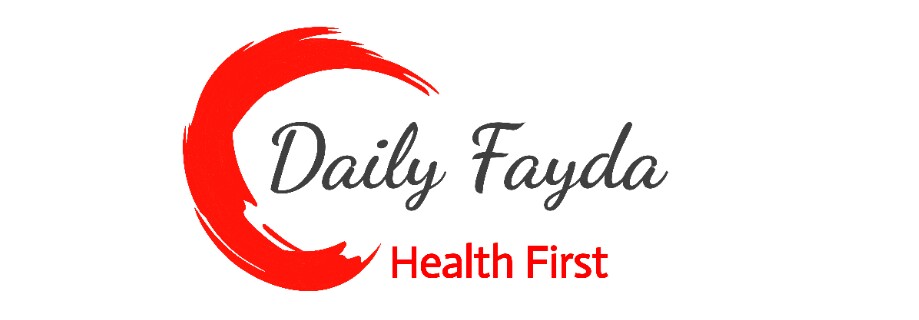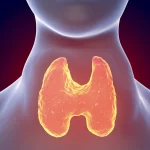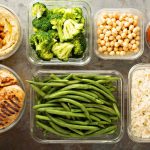Are you looking for a diet chart for weight loss? If so, you’re not alone. Many people struggle with excess weight and are looking for ways to shed those extra pounds. A healthy diet is a crucial part of any weight loss journey, and a diet chart can be a helpful tool to keep you on track. In this article, we’ll provide some tips for creating a diet chart for weight loss, as well as some recommendations for healthy foods to include in your plan.
First, it’s important to understand that weight loss is not just about cutting calories. In order to lose weight and keep it off, you need to make sure you’re getting the right balance of nutrients in your diet. That means including a variety of fruits, vegetables, whole grains, lean proteins, and healthy fats in your meals and snacks.
One way to create a diet chart for weight loss is to focus on portion sizes. Rather than cutting out entire food groups or drastically reducing your calorie intake, try to be mindful of the amount of food you’re eating. For example, rather than having a large plate of pasta, opt for a smaller portion of pasta and a larger serving of vegetables.
Another tip is to plan your meals and snacks in advance. This can help you stay on track and make healthier choices throughout the day. You might try preparing a week’s worth of meals on the weekends or packing a healthy snack for work or school to avoid temptation.
In terms of specific foods to include in your diet chart for weight loss, some healthy options include:
- Fruits and vegetables: These are packed with nutrients and fiber, and can help you feel full and satisfied. Some good choices include apples, berries, leafy greens, broccoli, and peppers.
- Lean proteins: These can help keep you feeling full and satisfied, and can include options like chicken, turkey, fish, beans, and tofu.
- Whole grains: These provide important nutrients and can help keep you feeling full. Some good choices include quinoa, brown rice, and whole wheat bread.
- Healthy fats: These are important for heart health and can help keep you feeling full and satisfied. Some good choices include avocados, nuts and seeds, and olive oil.

Remember, everyone is different and what works for one person may not work for another. It’s important to consult with a healthcare professional or a registered dietitian to determine the best diet plan for you. With a little planning and the right combination of healthy foods, you can create a diet chart for weight loss that works for you and helps you achieve your goals.
7 days weight loss diet plan
Before we dive into the specific meal plan, it’s important to understand that weight loss is not just about cutting calories. In order to lose weight and keep it off, it’s important to focus on overall health and wellness. That means eating a variety of nutrient-dense foods, staying hydrated, and getting regular physical activity.
With that in mind, let’s take a look at the 7 days weight loss diet plan.
Day 1:
- Breakfast: Overnight oats with chia seeds, almond milk, and sliced strawberries
- Lunch: Grilled chicken salad with mixed greens, cherry tomatoes, avocado, and a homemade vinaigrette
- Dinner: Baked salmon with roasted vegetables and quinoa
- Snacks: Apple slices with almond butter and a handful of mixed nuts
Day 2:
- Breakfast: Greek yogurt with mixed berries and a sprinkle of hemp seeds
- Lunch: Turkey and avocado wrap with lettuce and tomato
- Dinner: Veggie stir-fry with tofu and brown rice
- Snacks: Carrot sticks with hummus and a small piece of dark chocolate
Day 3:
- Breakfast: Scrambled eggs with spinach and whole-grain toast
- Lunch: Whole grain pasta with marinara sauce, steamed broccoli, and grilled chicken
- Dinner: Grilled chicken with roasted sweet potatoes and sauteed kale
- Snacks: Cucumber slices with hummus and a small handful of dried fruit
Day 4:
- Breakfast: Smoothie with banana, spinach, almond milk, and protein powder
- Lunch: Grilled turkey and cheese sandwich with lettuce and tomato on whole grain bread
- Dinner: Baked chicken with roasted asparagus and quinoa
- Snacks: Apple slices with peanut butter and a small handful of mixed nuts
Day 5:
- Breakfast: Oatmeal with mixed berries and a sprinkle of chia seeds
- Lunch: Black bean and corn salad with mixed greens and a homemade vinaigrette
- Dinner: Grilled salmon with roasted vegetables and brown rice
- Snacks: Carrot sticks with hummus and a small piece of dark chocolate
Day 6:
- Breakfast: Greek yogurt with mixed berries and a sprinkle of hemp seeds
- Lunch: Whole grain pasta with marinara sauce, steamed broccoli, and grilled chicken
- Dinner: Grilled chicken with roasted sweet potatoes and sauteed kale
- Snacks: Cucumber slices with hummus and a small handful of dried fruit
Day 7:
- Breakfast: Scrambled eggs with spinach and whole-grain toast
- Lunch: Grilled turkey and cheese sandwich with lettuce and tomato on whole grain bread
- Dinner: Veggie stir-fry with tofu and brown rice
- Snacks: Apple slices with peanut butter and a small handful of mixed nuts
This 7-day weight loss diet plan is just one example, and you can feel free to mix and match meals to suit your tastes and preferences. Just be sure to focus on whole, nutritious foods and aim for a balanced mix of proteins, healthy fats, and complex carbs. It’s also important to stay hydrated and be sure to drink.
Prepare Weight Loss Chart
If you’re trying to lose weight, a weight loss chart can be a helpful tool to track your progress and keep you motivated. A weight loss chart is a visual representation of your weight loss journey, typically in the form of a graph or table. It allows you to see your progress over time and helps you stay on track with your weight loss goals. In this article, we’ll provide some tips for using a weight loss chart, as well as some considerations to keep in mind when creating one.

First, it’s important to understand that weight loss is not a linear process. There will be ups and downs, and it’s important to be patient and consistent with your efforts. A calorie chart for weight loss can help you see the bigger picture and stay focused on your goals.
To create a weight loss chart, you’ll need to weigh yourself regularly and record your weight on the chart. You can weigh yourself once a week, or more frequently if you prefer. Just be sure to weigh yourself at the same time of day, as weight can fluctuate due to factors such as hydration levels and the time of day.
In addition to recording your weight, you might also want to track other factors that can impact your weight loss journey. For example, you might record your daily caloric intake, exercise routine, or any other habits or behaviors that might affect your weight.
It’s important to remember that a weight loss chart is just one tool in your weight loss journey. It’s not a magic solution, and it’s not the only way to measure your progress. In addition to tracking your weight, it’s also important to focus on other markers of health, such as your energy levels, mood, and overall well-being.
There are many different ways to create a weight loss chart, and you can use whatever format works best for you. Some people prefer to use a spreadsheet or app, while others prefer a handwritten chart. Whatever method you choose, be sure to be consistent with your tracking and be patient with yourself. Weight loss takes time, and it’s important to stay positive and focused on your goals. With a little effort and determination, a weight loss chart can be a helpful tool to help you achieve your weight loss goals.








1 thought on “Lose Weight Fast With Best 7-Day Diet Chart For Weight Loss: Easy and Delicious Foods”